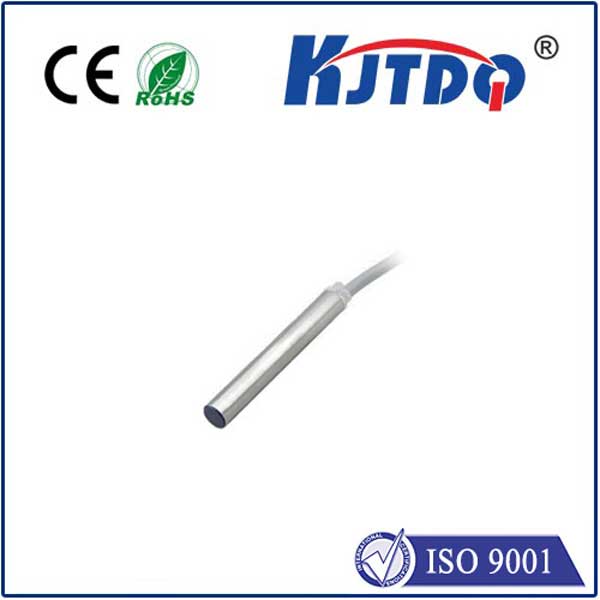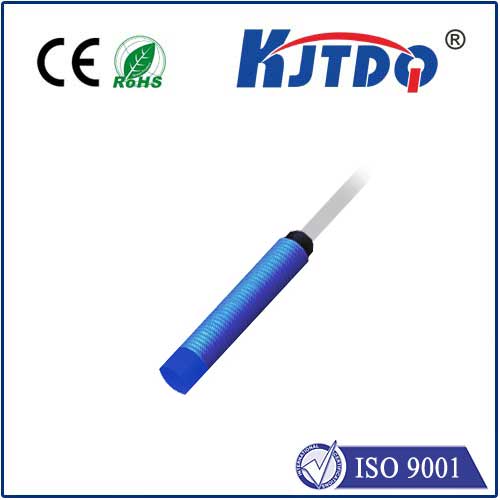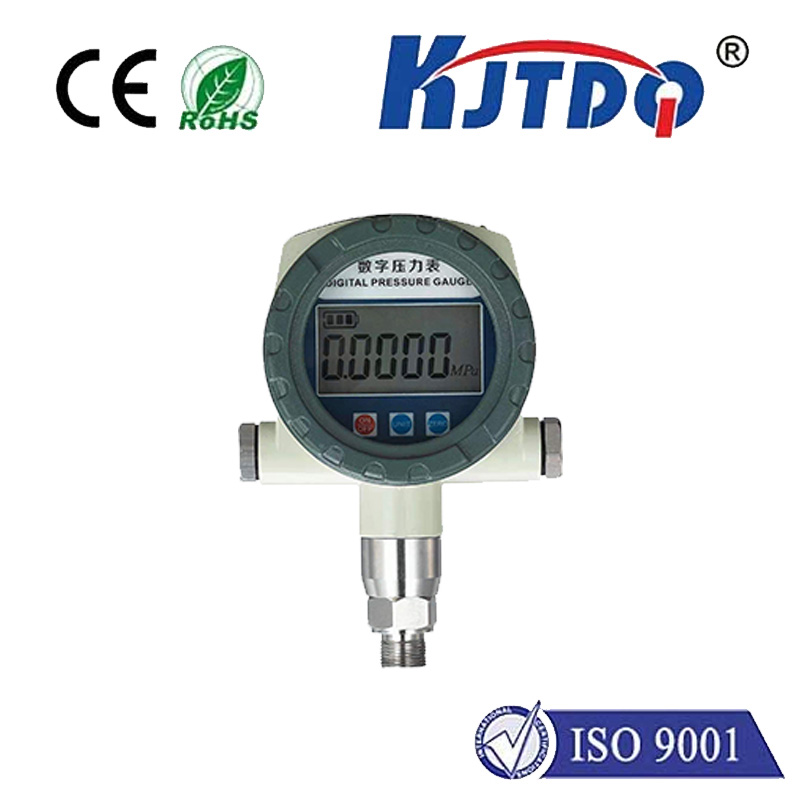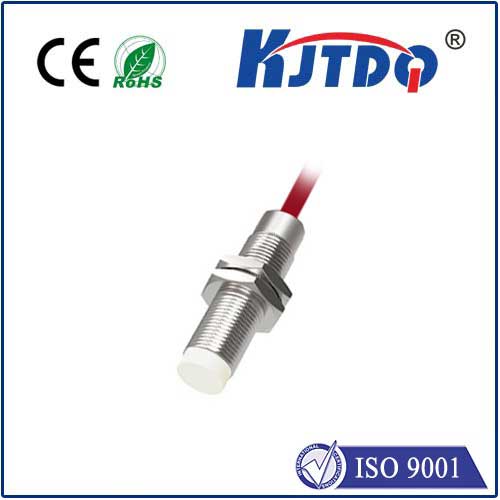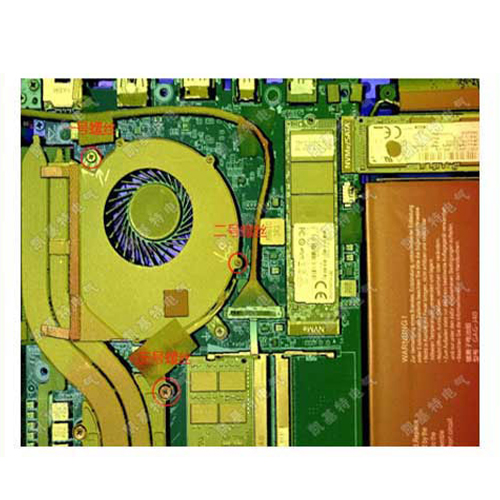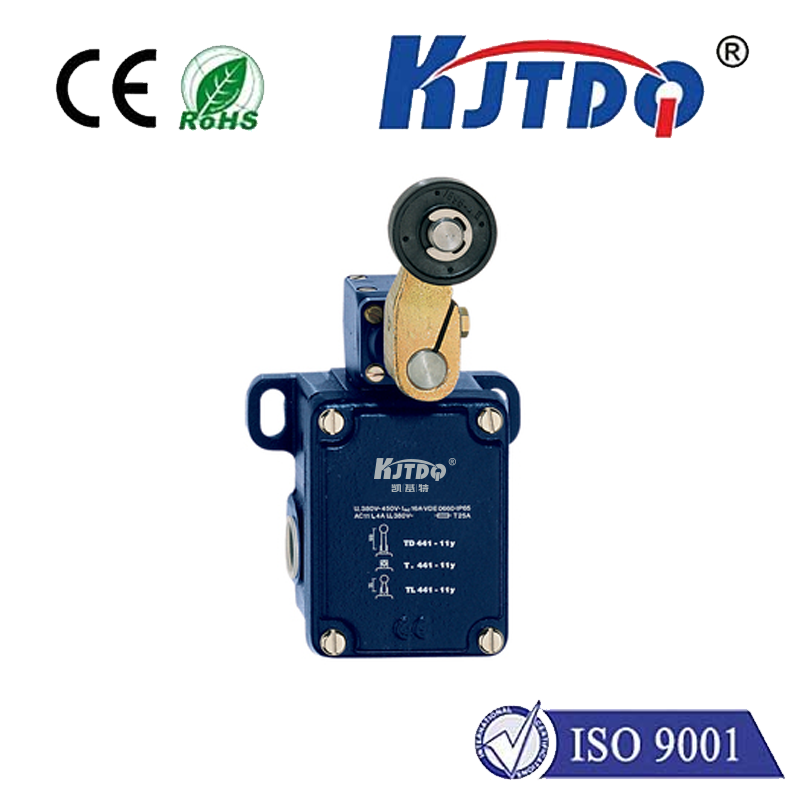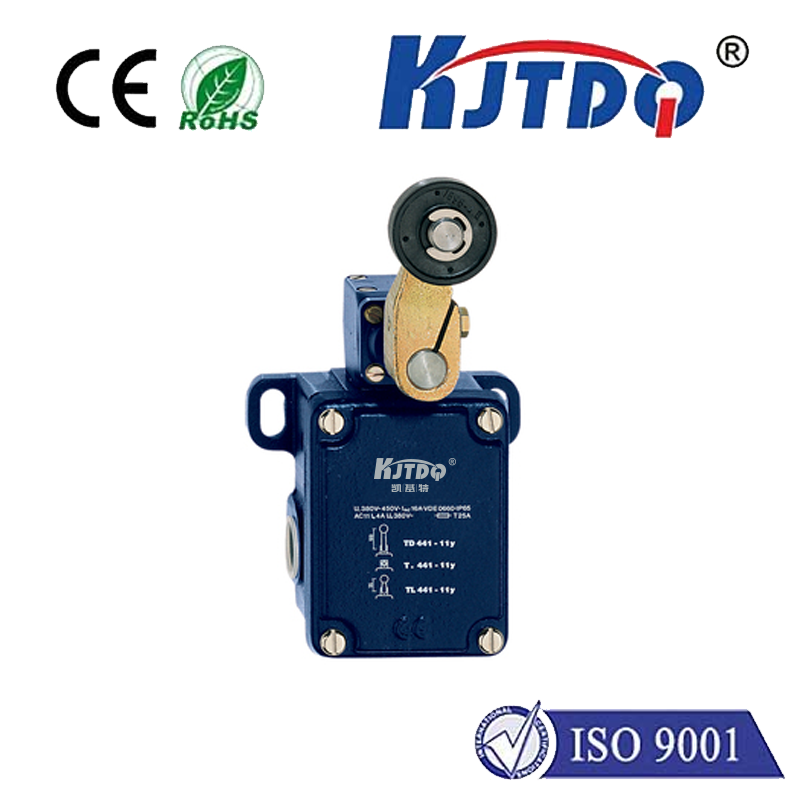Безопасный выключатель газовой печи
- time:2025-08-04 12:41:57
- Нажмите:0
The Unsung Hero: Understanding Your Gas Furnace Safety Switch
Your gas furnace works tirelessly to keep your home warm and comfortable, often operating unseen in basements or utility closets. But silently standing guard within this complex system is a critical component dedicated solely to your family’s safety: the Безопасный выключатель газовой печи. Far more than just a part, it’s a sophisticated network of safeguards designed to prevent dangerous situations before they arise. Understanding its role is fundamental to appreciating the safety engineered into modern heating systems and ensuring your furnace operates reliably.
What Exactly is a Gas Furnace Safety Switch?
Contrary to what the singular name might imply, the “gas furnace safety switch” typically refers to a system comprising multiple sensors and switches strategically placed throughout the furnace. These devices act as vigilant sentinels, constantly monitoring the furnace’s operation against critical safety parameters. Their primary mission is clear: to shut down the gas furnace immediately if potentially hazardous conditions are detected. This intervention prevents scenarios like:
- Gas leaks and explosions: By ensuring gas only flows when ignition is confirmed.
- Carbon monoxide (CO) poisoning: By verifying proper combustion and venting exhaust gases safely outside.
- Overheating and fires: By monitoring temperatures within safe operating limits.
- Inadequate venting: By confirming combustion gases are being expelled before allowing continued operation.
Key Components of the Safety Switch System

Several vital safety switches work in concert:
- Flame Sensor: This is arguably the frontline defender. Its job is simple but crucial: confirm the presence of a flame immediately after the gas valve opens. If no flame is detected within a few seconds (indicating gas might be flowing without ignition), the sensor triggers a shutdown, closing the gas valve to prevent unburned gas from accumulating – a significant explosion hazard. Think of it as the ultimate “flame or no flame” checker.
- High-Limit Switch (or Temperature Limit Switch): Located near the furnace’s heat exchanger, this thermostat-like switch monitors the temperature of the exhaust gases or the heat exchanger itself. Its primary role is to prevent overheating, which can damage internal components and potentially cause a fire. If temperatures climb dangerously high (often due to restricted airflow from a dirty filter or blocked vents), this switch activates, shutting down the burners while often allowing the blower to continue cooling the system. It resets automatically once temperatures normalize.
- Pressure Switch (or Draft Safety Switch): Combustion requires oxygen and produces harmful exhaust gases that must be vented outdoors. The pressure switch is directly linked to the furnace’s venting system (e.g., the draft inducer fan). It senses whether the inducer fan has successfully created adequate negative pressure (draft) before the gas valve opens and combustion begins. It also monitors continuously to ensure the vent pipe isn’t blocked during operation. If proper draft isn’t detected, the pressure switch prevents ignition or shuts down an operating furnace, stopping the risk of carbon monoxide backing up into your living space.
- Rollout Switches: Positioned near the burners, these switches detect flames that are “rolling out” of the combustion chamber instead of traveling safely into the heat exchanger. This is an extremely dangerous condition, often caused by cracked heat exchangers or severe venting blockages. Rollout switches provide an emergency shutdown if flames where they shouldn’t be are detected.
How the Safety Switch System Works: A Symphony of Protection
Your furnace operates through a sequence controlled by its circuit board (ignition control module). The safety switches are integrated into this sequence, acting as mandatory checkpoints that must be satisfied for the cycle to proceed:
- Call for Heat: The thermostat signals the furnace to start.
- Inducer Fan Activation: The draft inducer motor starts, beginning the venting process.
- Pressure Switch Check: Once the inducer fan builds sufficient draft pressure, the pressure switch closes, signaling the control board that it’s safe to proceed. If draft isn’t confirmed, the sequence stops here.
- Ignition Sequence: The hot surface ignitor heats up or the spark ignitor begins sparking.
- Gas Valve Opening: The main gas valve opens, allowing gas to flow to the burners.
- Flame Detection: The flame sensor must detect a flame within a few seconds. If no flame is detected, the gas valve closes immediately.
- Blower Fan Activation & Continuous Monitoring: Once ignition is confirmed, the blower fan starts to circulate warm air. Throughout the heating cycle, the limit switch continuously monitors heat exchanger temperature. If temperatures exceed safe limits, it shuts off the burners (though the blower usually runs to cool things down).
- Rollout Monitoring: Rollout switches stand guard constantly, ready for an immediate emergency shutdown if flames escape the combustion chamber.
- Cycle Completion: When the thermostat is satisfied, the gas valve closes, flames extinguish, the inducer fan runs for a post-purge cycle, and finally, the blower fan stops.
Why Maintenance Matters: Keeping Your Guardian Alert
Like any critical safety device, the gas furnace safety switch system relies on proper operation. While these switches are designed to be highly reliable, neglect can lead to problems:
- False Triggers: A common cause of furnace shutdowns (lockouts) is a dirty flame sensor. Soot and oxidation can prevent it from reliably detecting the flame, causing the furnace to shut down even though ignition occurred. Professional cleaning often resolves this.
- Clogged Vents: Blocked flue pipes or air intakes will prevent the pressure switch from closing, halting operation. Regularly check exterior vents for obstructions (snow, leaves, bird nests).
- Dirty Filters: The most frequent cause of high-limit switch trips is restricted airflow due to a clogged air filter. Replace your furnace filter regularly (typically every 1-3 months)!
- Component Failure: While less common, safety switches themselves can eventually fail after years of service, necessitating replacement by a qualified HVAC technician.
The Bottom Line: Respecting the Silent Protector
The Безопасный выключатель газовой печи system isn’t a single part you might readily identify; it’s the integrated brain trust of sensors and switches ensuring your comfort doesn’t come at the cost of safety. These devices operate quietly in the background, making split-second decisions that shield you from potential gas leaks, explosions, carbon monoxide poisoning, and fires. Never bypass a safety switch, even if it seems inconvenient. A furnace repeatedly locking out due to a safety switch is signaling a problem that requires professional diagnosis and repair by a certified HVAC technician. Regular maintenance, especially filter changes and annual professional inspections, is the best way to ensure these vital guardians can perform their life-saving duty effectively, season after season. Your home’s warmth and your family’s safety depend on their flawless vigilance.







